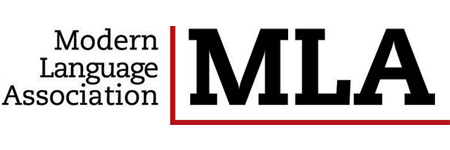Mother Fatma’s Hand: A Cult from the Mother Goddess to the Present
DOI:
https://doi.org/10.24082/2022.abked.380Keywords:
Symbol, Mother goddess cult, Pençe-i Ali Aba, Hamsa, Mother Fatma’s handAbstract
The symbols, which have been passed on as a cultural heritage from ancient civilizations to the present day, are one of the communication channels through which people can express their feelings and ideas. Throughout history, human being has sought a mystery behind many symbols to which he has attributed various meanings. Thus, being sanctified, many symbols assumed a mythological identity and had an impact on the belief phenomena of their civilizations. One of these symbols is the hand figure, which existed in many societies starting from the cave walls in the ancient period and appeared in the Alevi society. The hand figure, which is the expression of creation, creative power, strength and might, is included in the life of many societies through the subjects such as luck, abundance, protection. The hand symbol, that has survived from the days when mankind revealed first symbols, continues to exist today as a cult generally associated with Hz. Fatma in the Alevi and Bektashi culture. It is apparent that the traces of the Mother Goddess cult have spread to today’s Anatolian Alevism as a result of the cultural interaction of civilizations. Within the Alevi belief and philosophy, the ancient goddess cult has turned into Mother Fatma; as for the mystic element used in the subjects such as luck, abundance and protection, it became the Mother Fatma’s hand. Although this hand symbol takes its name from Hz. Fatma in the Alevi culture, it continues to exist as a cultural remnant in Central Asian Turkish culture as the Mother Umay’s hand, in Christianity as the Virgin Mary’s hand, an in Judaism as Hamsa. In this context, we can say that the traces of the Mother Goddess cult are kept alive in the Alevi society today. Within the framework of the information mentioned above, this study takes a journey through the history of the Mother Fatma’s hand symbol, also known as “Pençe-i Ali Aba” and “Hamsa”, and tries to shed light to the origin of the figure. The study first mentions subjects such as the hand figure through symbolism and the cult of the mother goddess in the light of the existing data, then addresses their reflections on the Alevi society and explains how the hand symbol became a part of the Alevi life as a tradition with the examples in the relevant context.
Downloads
Downloads
Published
How to Cite
Issue
Section
License
Copyright (c) 2022 Journal of Alevism-Bektashism Studies

This work is licensed under a Creative Commons Attribution-NonCommercial-NoDerivatives 4.0 International License.








